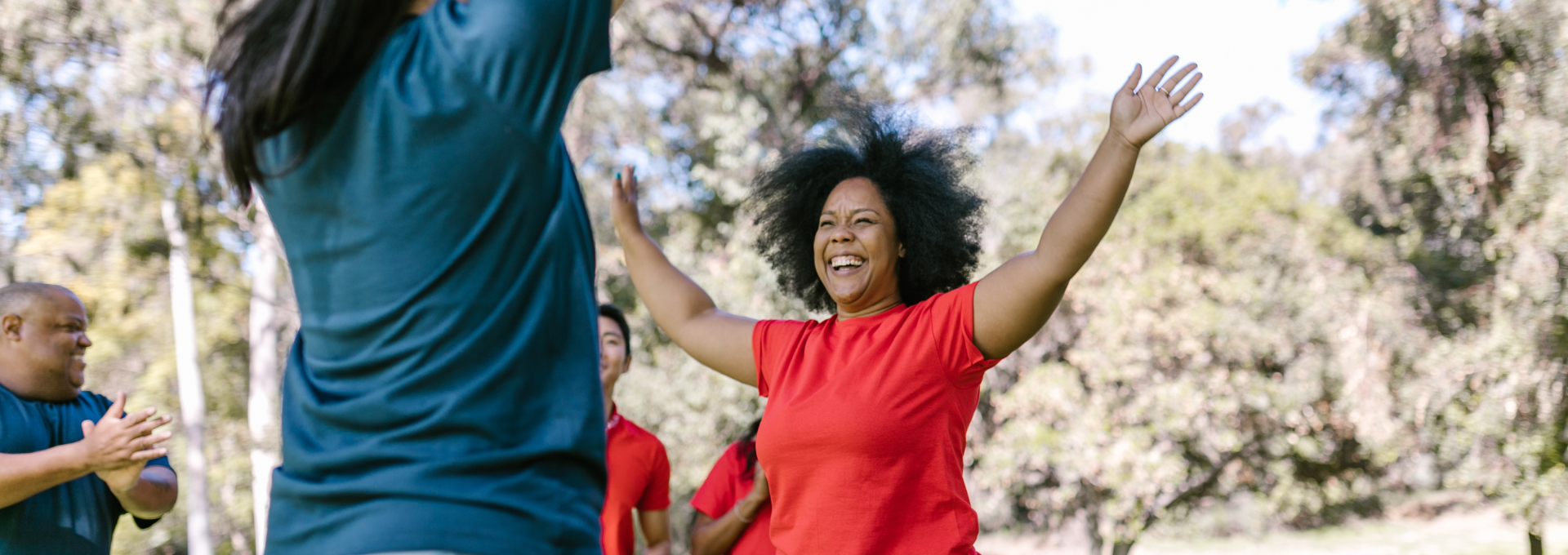Anxiety in Adults
Overview
Anxiety is useful in certain situations, some of the time. How do you know when the signs of anxiety you experience might be significant enough to be diagnosed as an anxiety disorder? An appointment with your family physician or a trained mental health professional is a good first step. However, in preparation for that visit, or to decide whether a visit is needed, it can help to understand what more about the signs of anxiety.
To begin, there are eleven different “types” of anxiety and related disorders, and each anxiety disorder has a list of commonly occurring symptoms clustered into 4 areas:
- Physical responses
- Thoughts
- Emotions
- Behaviours

Anxiety specialists have identified that when people experience anxiety more often (i.e., most days, and for months at a time), and more intensely than others, it can create significant disruption in their lives.
This disruption can interrupt or even stop adults from participating in a variety of experiences, such as attending higher education, pursuing meaningful work, joining social, athletic, or recreational clubs, being in relationships, and more. This combination of factors increase the a person’s chances of being diagnosed with an anxiety disorder.
It is common for adults to experience anxiety symptoms of more than one anxiety disorder. This means it would be fairly common to say, “Yes! This sounds like me, but so does this other description!” Fortunately, the helpful approaches outlined throughout this website can be used for multiple anxiety problems, so even if you have 2, 3, or more disorders, many of the same tools can be used for all of them.

For help with anxiety:
- Visit MAP for Adults. My Anxiety Plan (MAP) is a free, online, self-paced anxiety management course designed to provide adults struggling with anxiety practical strategies and tools to help manage it. MAP includes 6 easy to navigate units with 45 lessons.
- Check out the free MindShift CBT app, and
- Learn about our affordable group therapy program, MindShift CBT Groups.
Featured Free Downloadable Resources for Anxiety in Adults

Self-Help Strategies for GAD
People with Generalized Anxiety Disorder (GAD) worry excessively and uncontrollably about daily life events and activities. They often experience unco[...]

Self-Help Strategies for Panic Disorder
Learn self-help strategies for Panic Disorder, an anxiety disorder characterized by repeated episodes of intense fear accompanied by physical symptoms[...]
Featured Resources for Anxiety in Adults
What is perfectionism and how do I overcome it?
Most people would consider having high standards a good thing. Striving for excellence can show that you have a good work ethic and strength of character. High standards can also push you to reach your peak level of performance. For example, athletes[...]
ViewHow to do progressive muscle relaxation for anxiety.
Progressive Muscle Relaxation teaches you how to relax your muscles through a two-step process. First, you systematically tense particular muscle groups in your body, such as your neck and shoulders. Next, you release the tension and notice how your [...]
View
